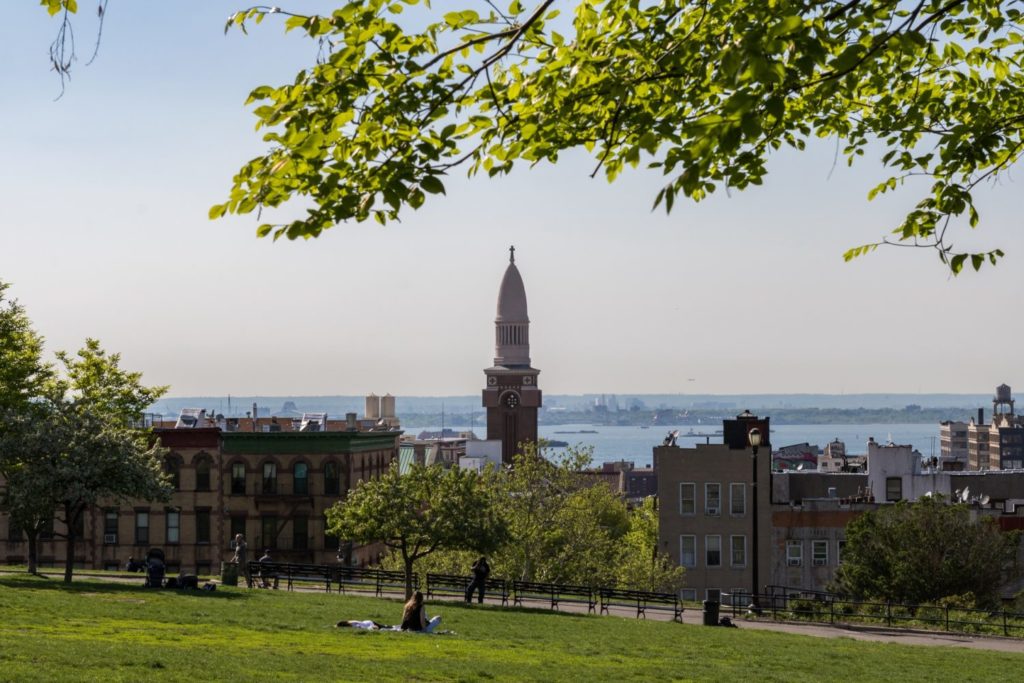In Sunset Park, the problem isn’t Industry City. It’s affordable housing. | Opinion

New York is one of the most dynamic cities in the world, an epicenter for different economies and rapid job growth. Over the past decade, we have seen Brooklyn get the credit it rightfully deserves as a major part of the city’s broader economy. The job creation we’ve achieved at places like Industry City make them global models for 21st century economic growth and workforce development.
But we cannot threaten this success by turning a blind eye to the communities welcoming this growth. While economic hubs such as the Brooklyn Navy Yard, the Greenpoint/Williamsburg Industrial Business Zone and Industry City continue to thrive across Brooklyn and create good jobs, there is a lack of corresponding housing development around these hubs. The result is that the communities in which these hubs call home are facing direct and immediate consequences: displacement and gentrification. This is how Brooklyn will lose its culture, history, and communities of color.
Take the Industry City rezoning in Sunset Park as a case in point. Last month at a public hearing on the rezoning, hundreds of Sunset Park residents voiced their concerns that rezoning Industry City will lead to further displacement and gentrification across their community.
